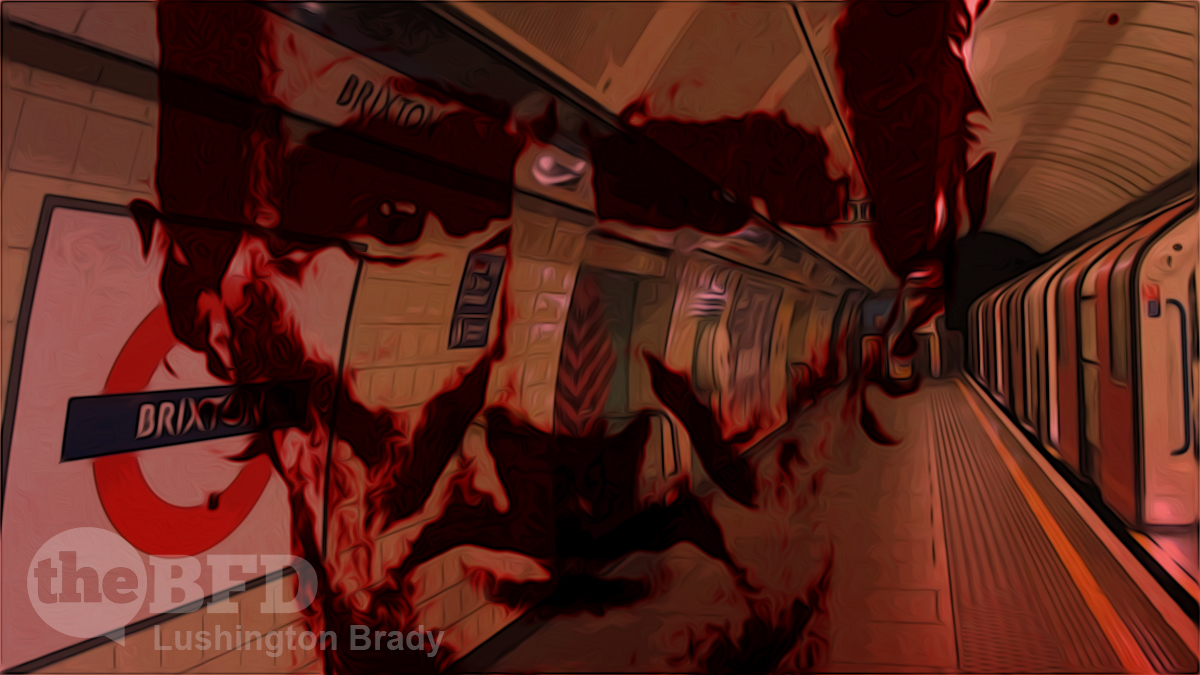The serial killer as a pop culture phenomenon could be said to have begun with London’s Jack the Ripper, but serial killers really began to grip the popular imagination in America in the late 1960s. Dirty Harry was the first blockbuster entry in the serial-killer-hunting genre (Psycho didn’t really focus on Norman as a serial killer, probably because his real-life inspiration, Ed Gein, was not so much a serial killer as a necrophiliac, grave-robbing ghoul).
While the Zodiac Killer was terrorising Los Angeles, though, another serial killer was stalking Jack the Ripper’s hometown, almost unnoticed.
A little known serial killer is suspected to have been responsible for 30 deaths on the London Underground. Kieran Kelly spent three decades behind bars after being found guilty of the murder of two people but it is likely that he was also responsible for 29 more deaths around London in the 1970s.
The reason why Kelly wasn’t suspected as a serial killer is largely due to his method.
Kelly, who died in 2001, was witness to an ‘astonishing’ number of apparent suicides on the Tube.
Except that it’s now believed that they may not have been suicides at all.
Kelly was a dishonourably discharged ex-soldier who eventually settled in London, worked in the construction industry, married and had a number of children. Marriage break-up and alcoholism led to homelessness and a stint in Broadmoor. Kelly was eventually convicted of killing a man called Hector Fisher, who was found dead in Clapham Common in 1975. While in custody, he killed cellmate William Boyd for snoring in 1983.
He eventually boasted to police that he killed another 16 people. But now some detectives think he had a lot more blood staining his rap sheet.
Former Metropolitan Police detective Geoff Platt, who led the 1984 police investigation into Kelly’s crimes, believes he is one of the most prolific serial killers in British history. Platt told the Daily Star: “He was high – high on adrenaline, testosterone… aroused. You could see it in his eyes. He was proud of that murder and when we went to speak to him he just confessed to killing 16 other people.”
Apparently, it never occurred to police to wonder just why the same tramp just happened to witness so many suicides.
Kelly is suspected to have pushed his victims on to the track, and then calmly waited to talk to the police officers afterwards. He would recount how the deceased individual would confide in Kelly about a variety of problems, such as marital issues or something money related, before stepping in front of the incoming train.
Even when eyewitnesses caught Kelly in action, he eluded imprisonment.
At Tooting Bec, in early 1983, he was seen by three men [to] push a man under a train. The men restrained him and called the police. Kelly was interviewed, charged and appeared at the Old Bailey but was acquitted due to lack of motive.
What, indeed, was his motive?
Platt believes that Kelly was a repressed homosexual, who lived in terror of being found out.
Kelly’s first suspected victim, in fact, was none other than his best friend, a man named Christy Smith. In 1953, Kelly reportedly pushed the unsuspecting Smith to the train platform following a comment made by Smith on Kelly still being unmarried at the age of 30.
It is believed that the comment was interpreted by Kelly as veiled accusation of Kelly being a closeted homosexual. Platt claims Kelly feared that same-sex relationships were a ‘terrible sin that led to hell fire and damnation’.
This is reflected even within Kelly’s other suspected victims, who largely fell into three different groups of people – gay men, police informants and men who reminded him of Smith.
Having crossed the line into murder, Kelly apparently discovered that he had a taste for it.
His first murder was not planned but after that he began to like the thrill, and Platt believes he derived sexual pleasure from killing.
Although Platt claims that Kelly murdered as many as 31 people, other investigators have disputed this. Irish journalist Robert Mulhern believes Kelly likely “only” murdered five or six people.
Since Platt’s book was published in 2015, the families of more potential victims have come forward.
My London
Whatever the truth, if a great many “suicides” were the work of a serial killer on the Tube, Kelly added post-mortem insult to the deaths of his victims. Their deaths having been ruled suicide, their grieving families were denied life insurance.

